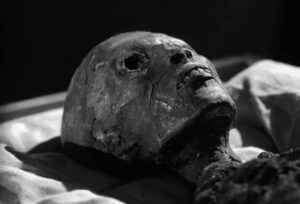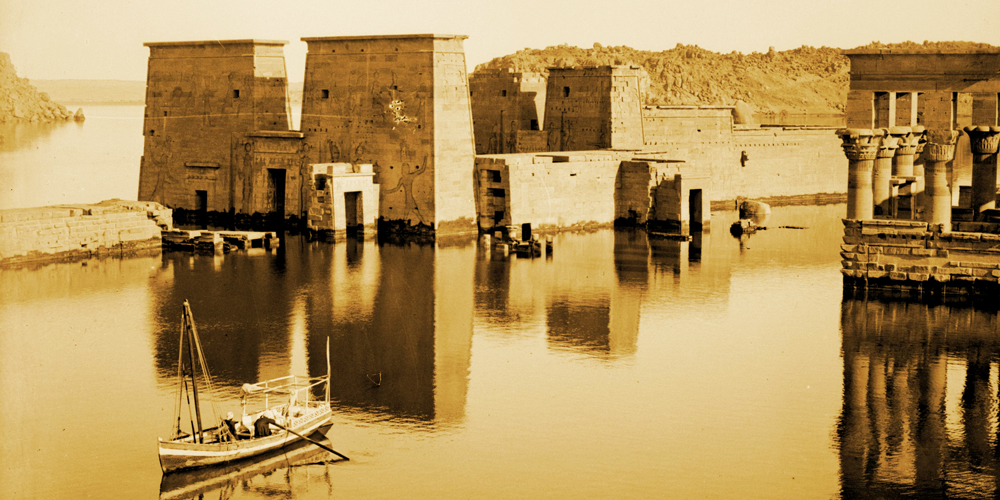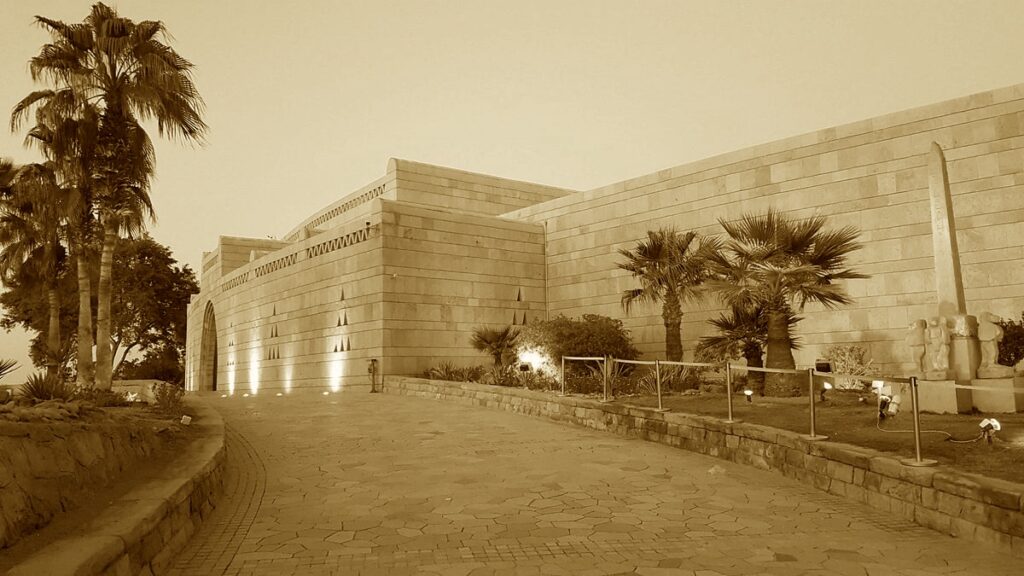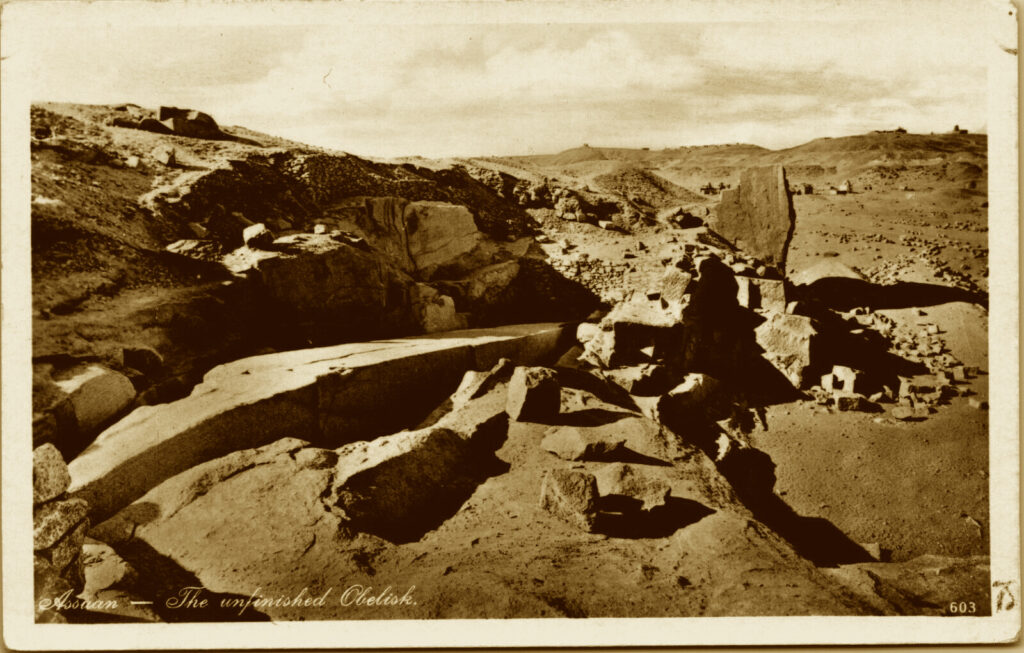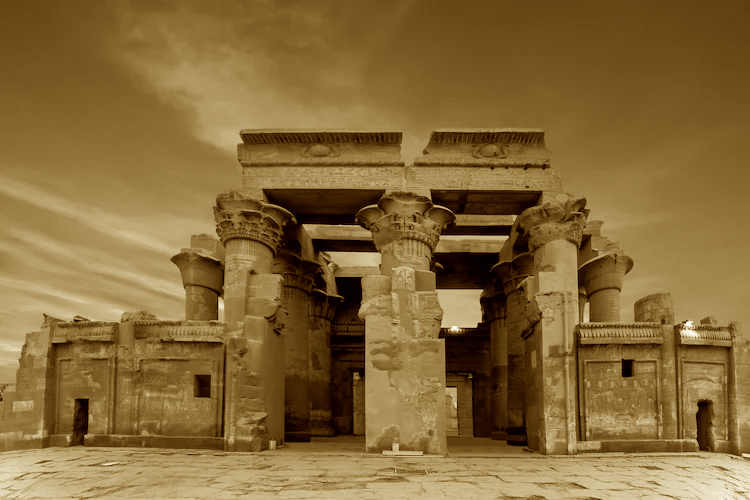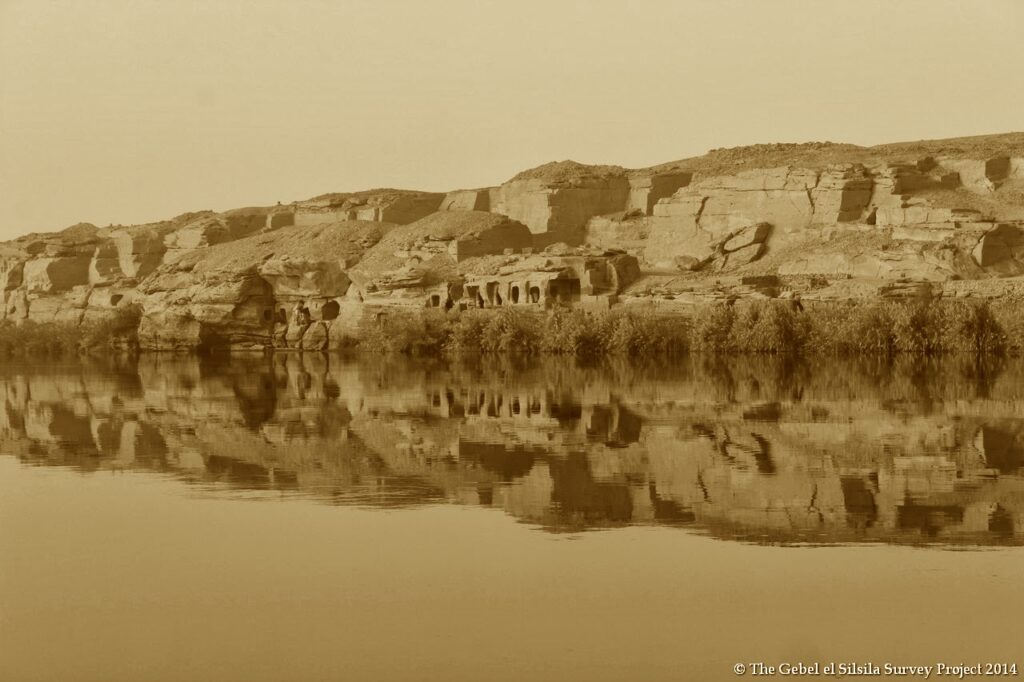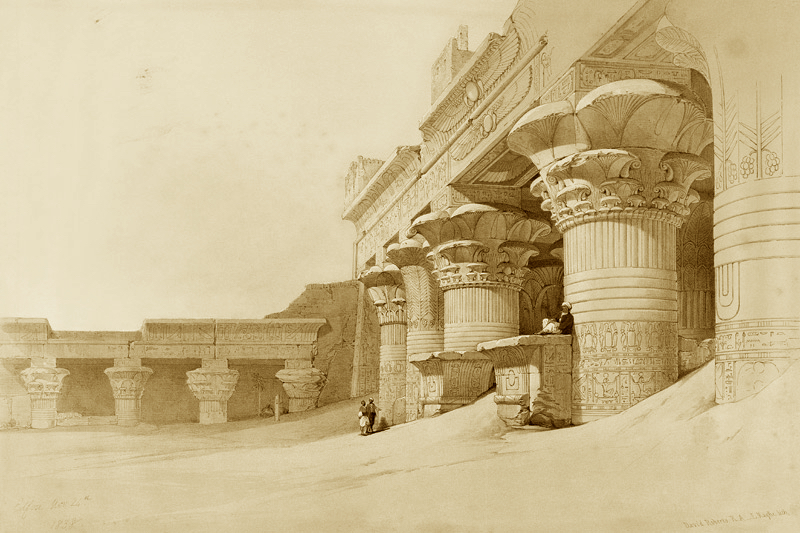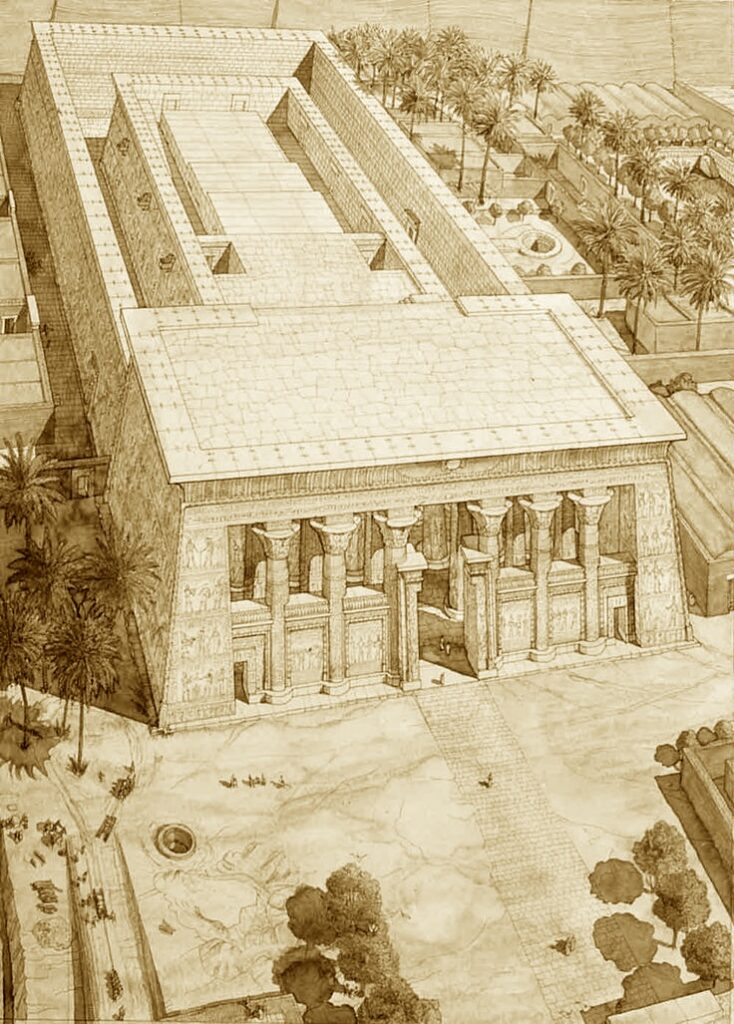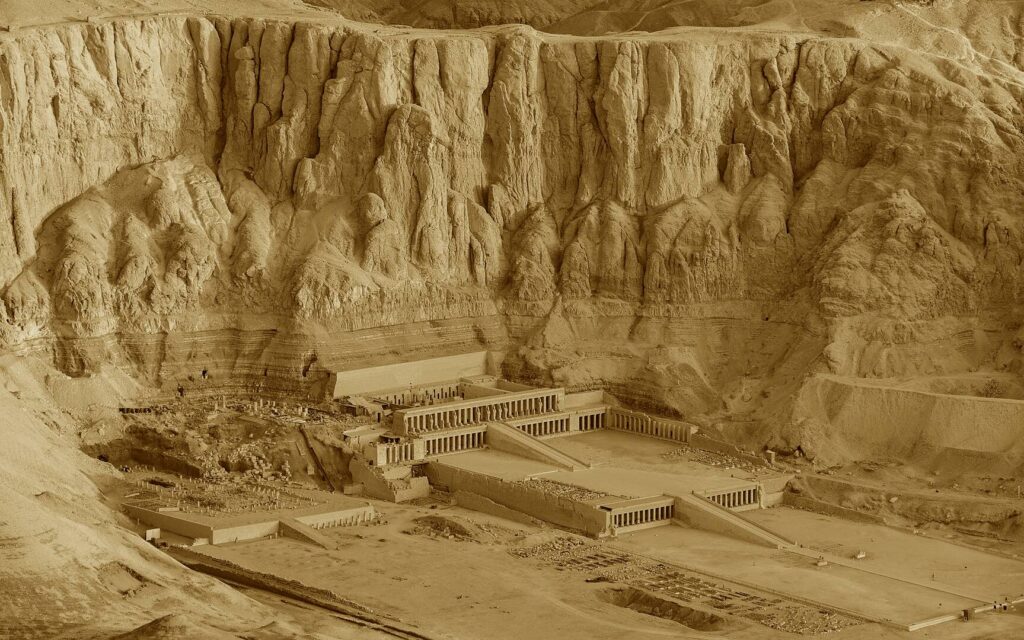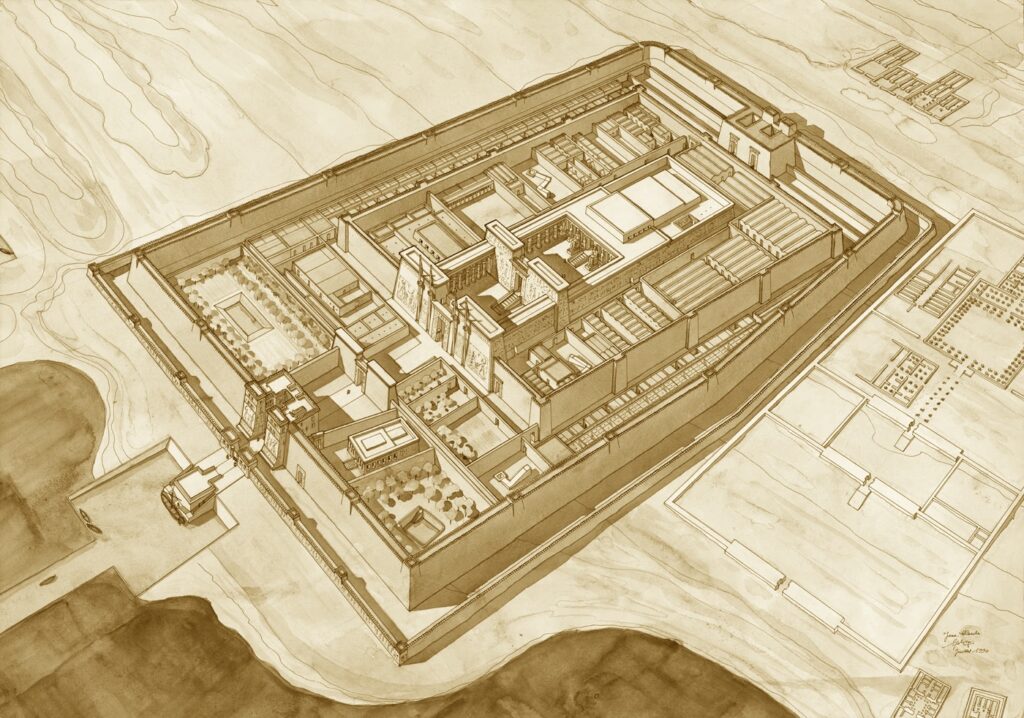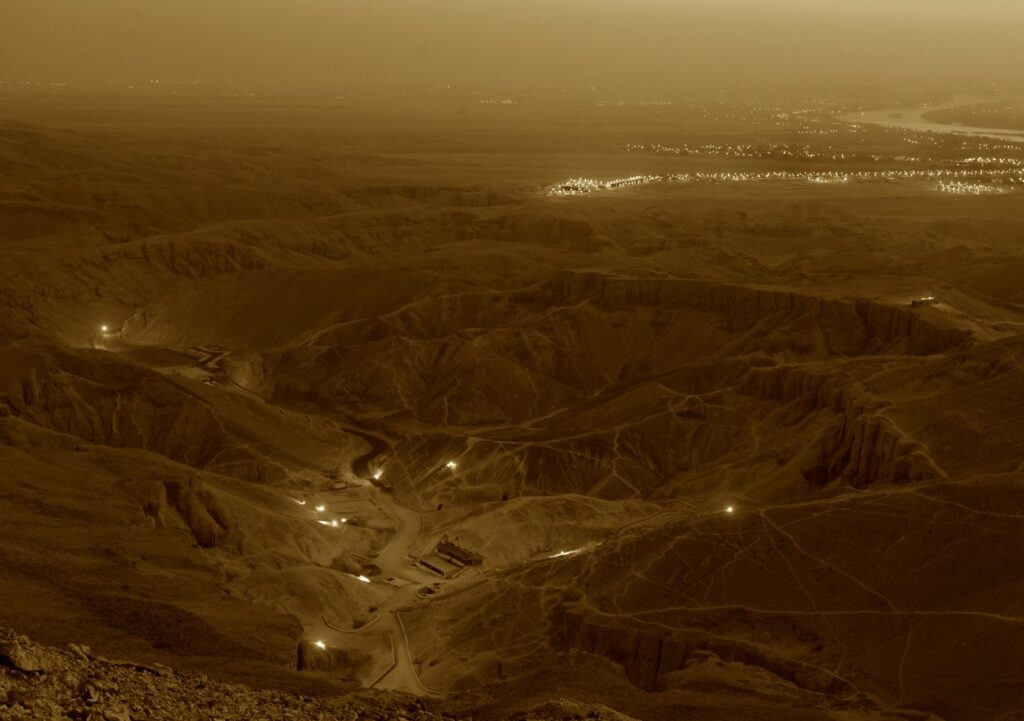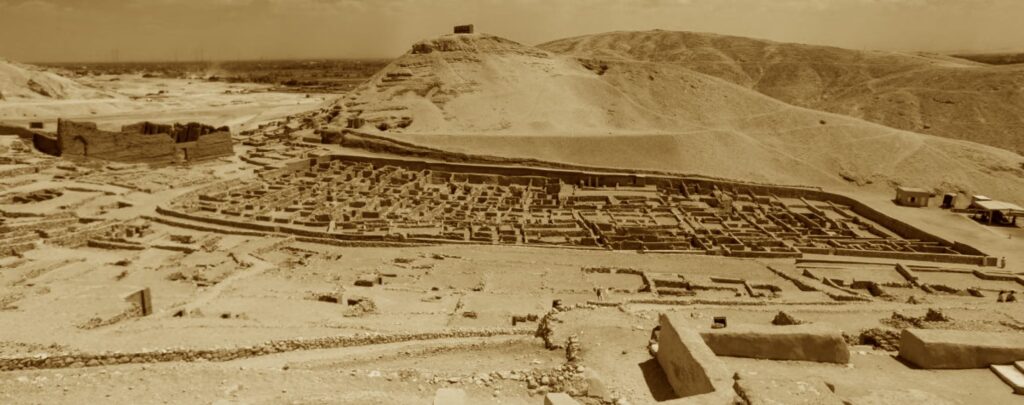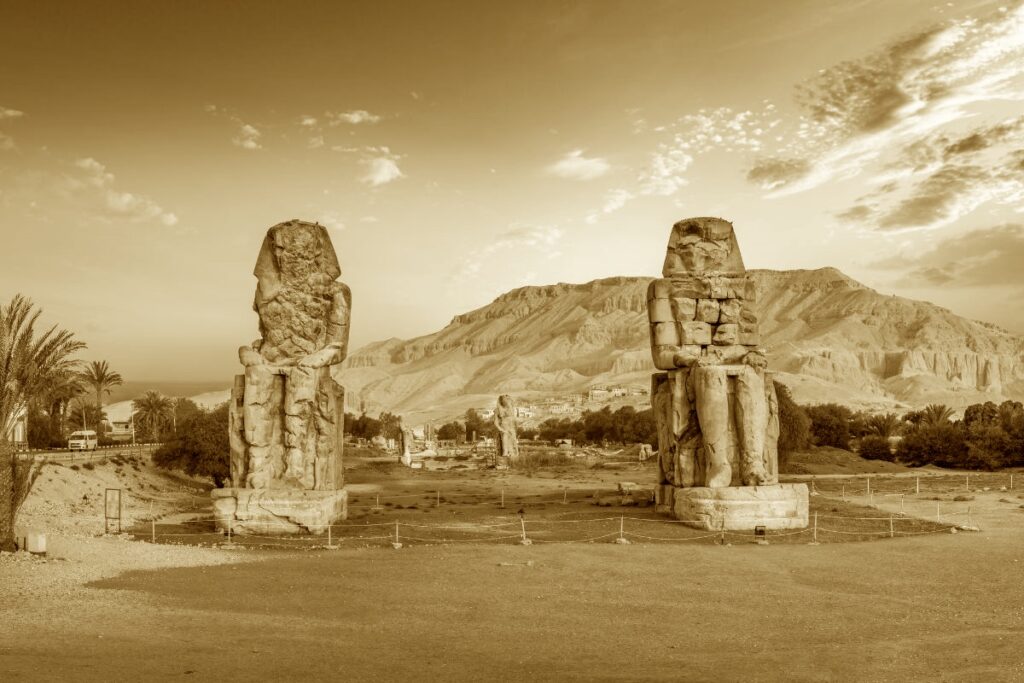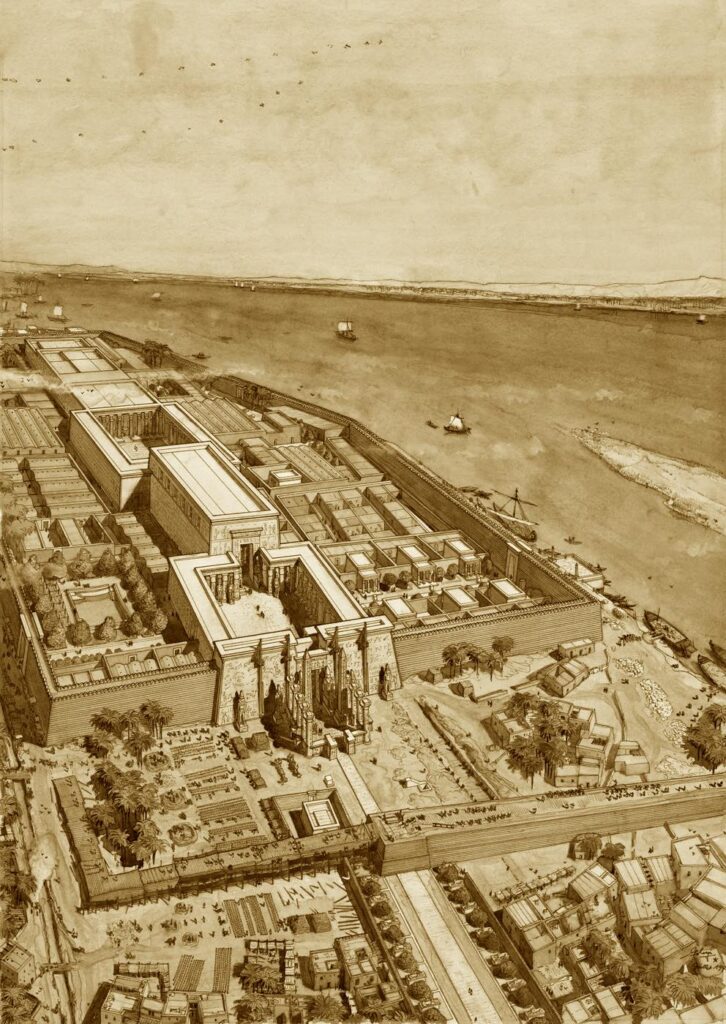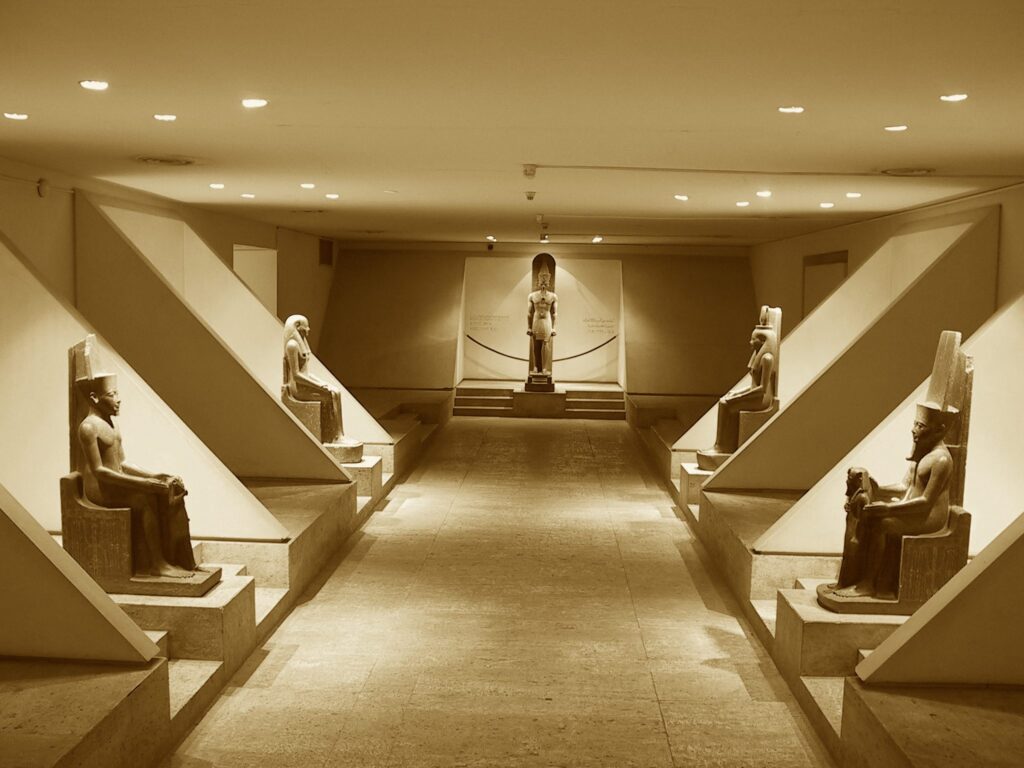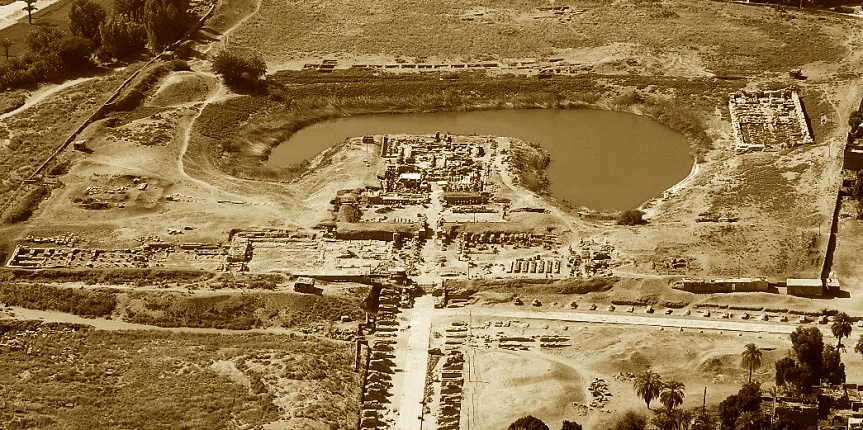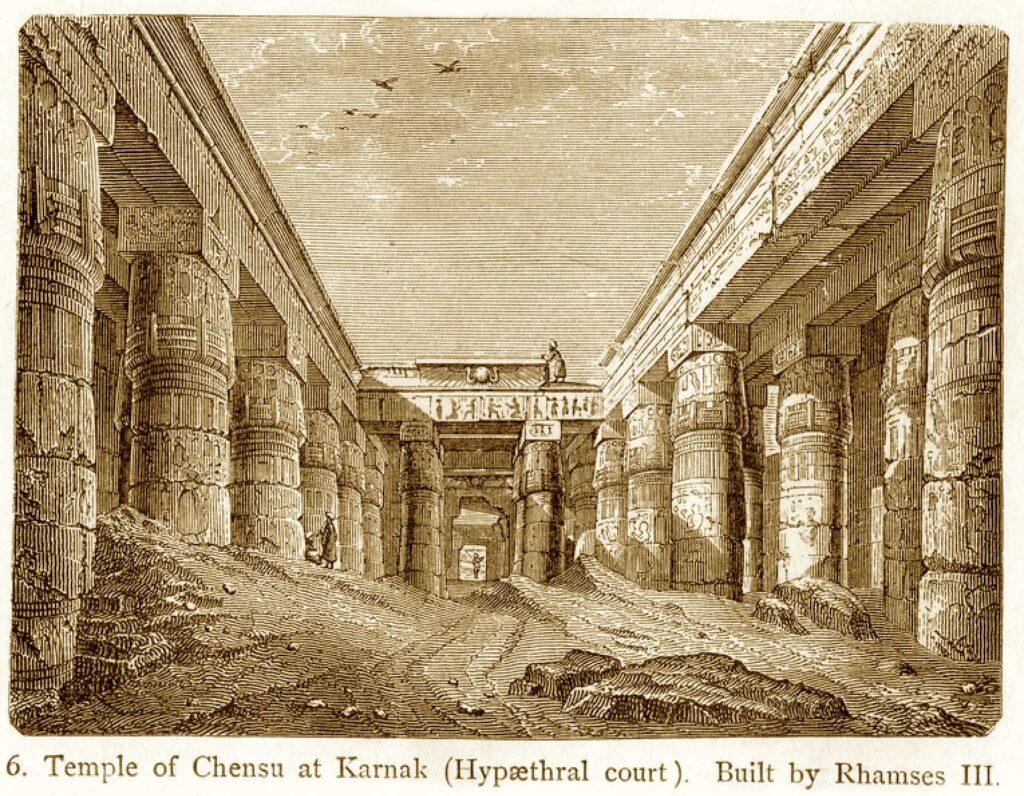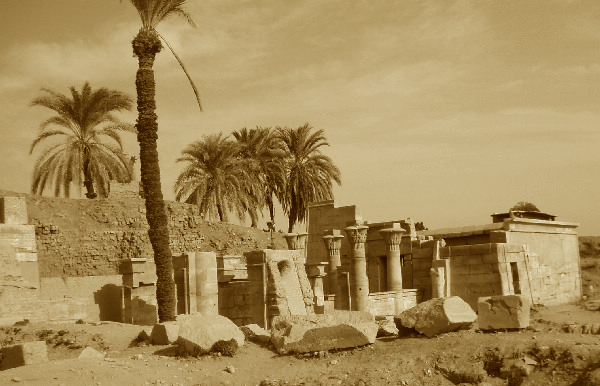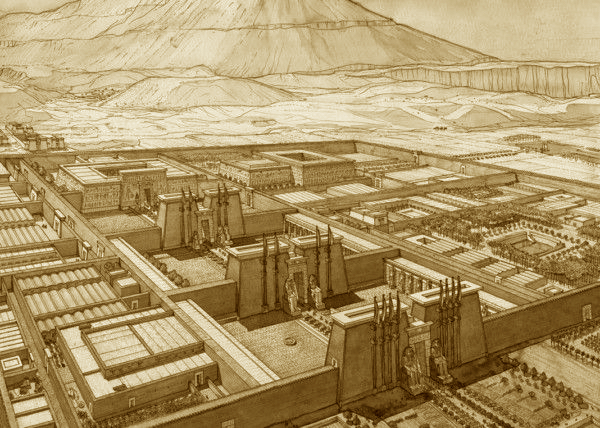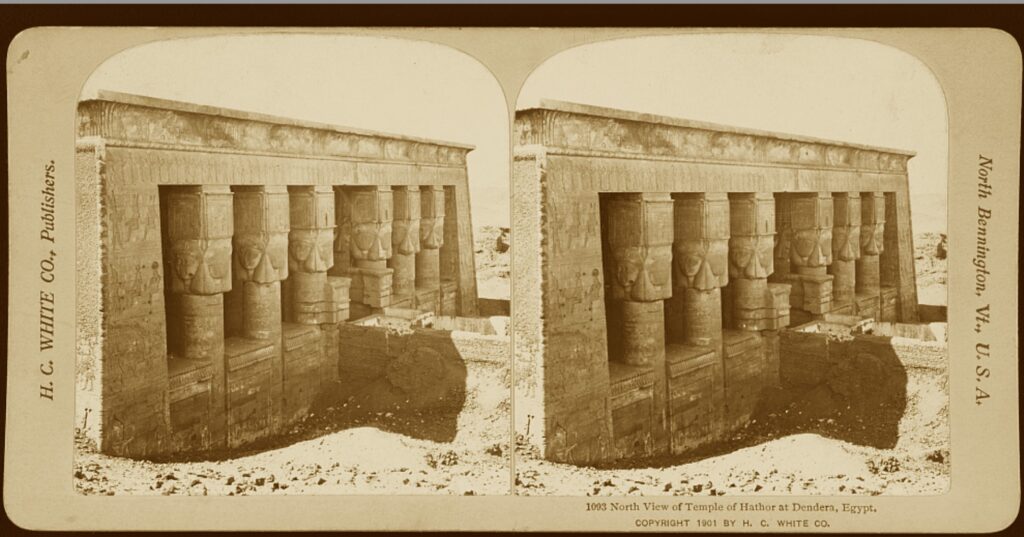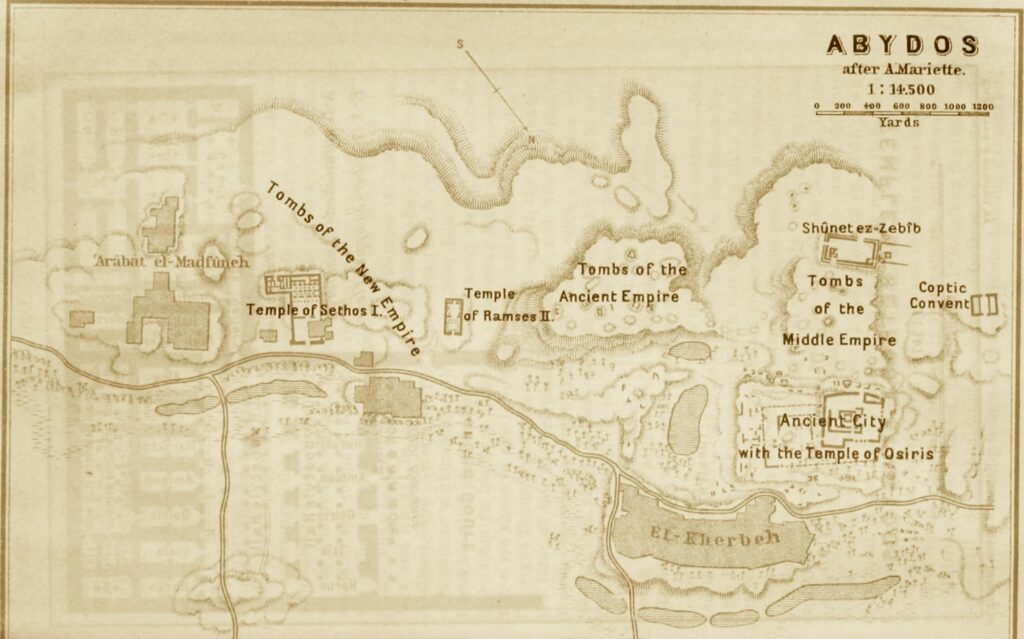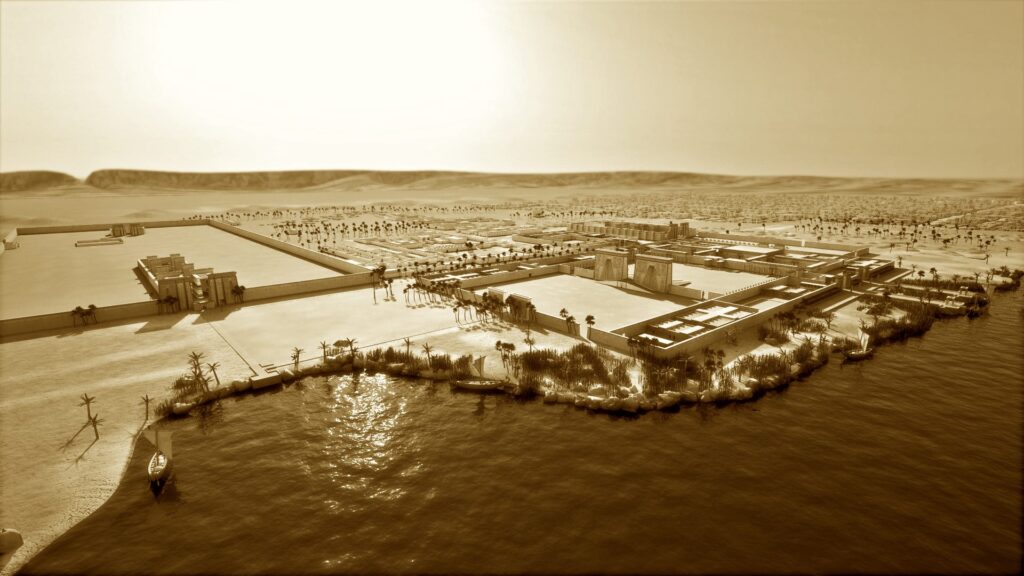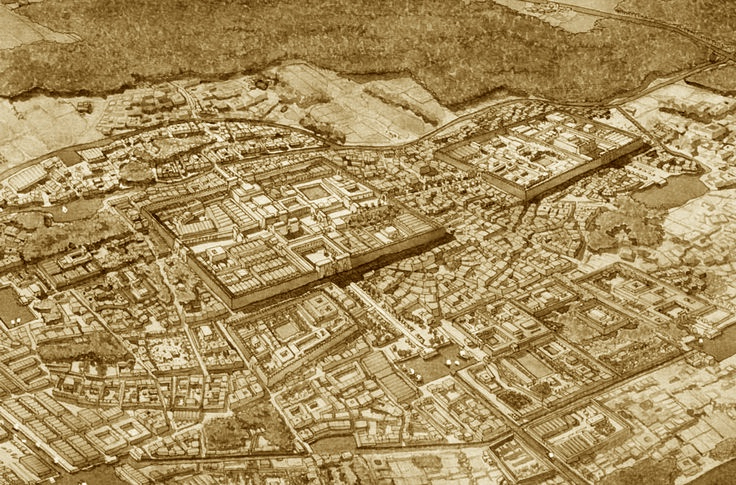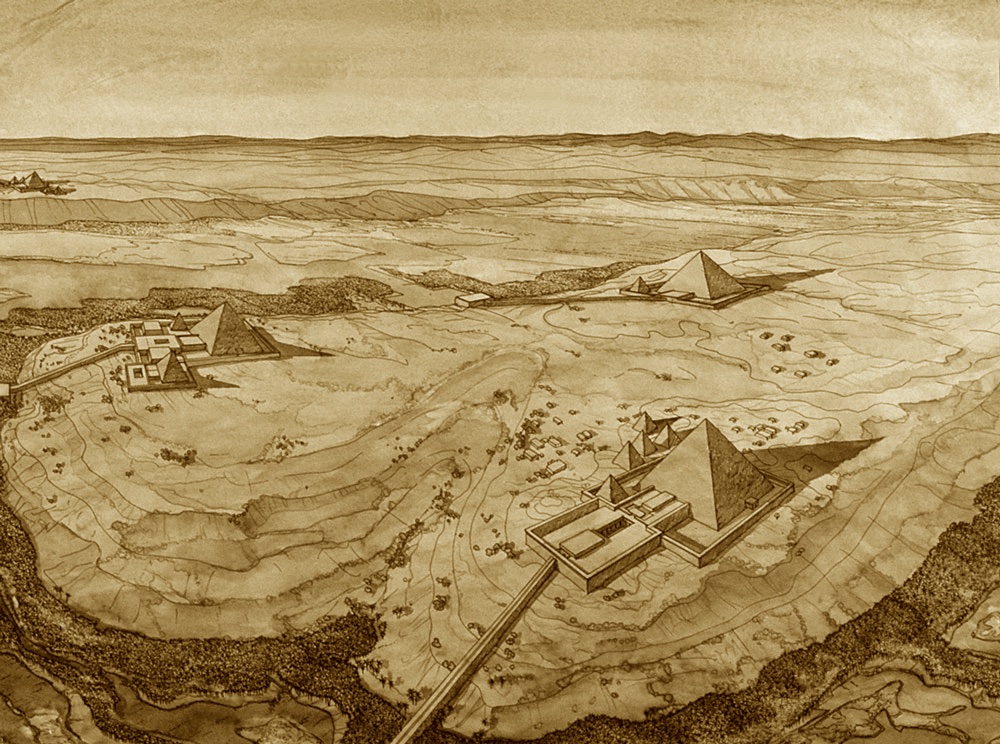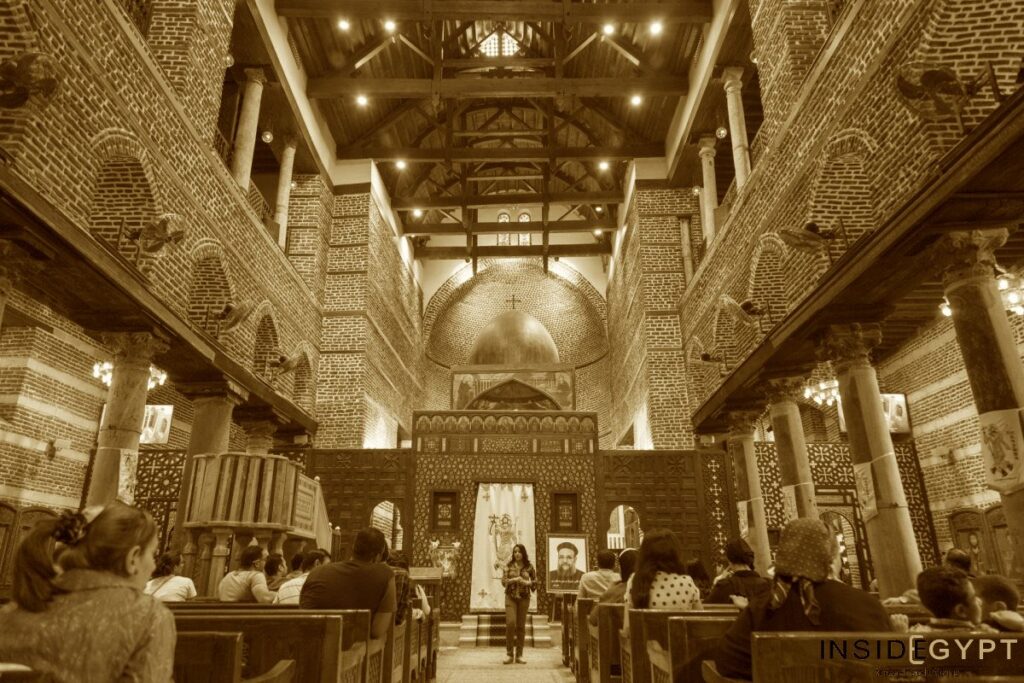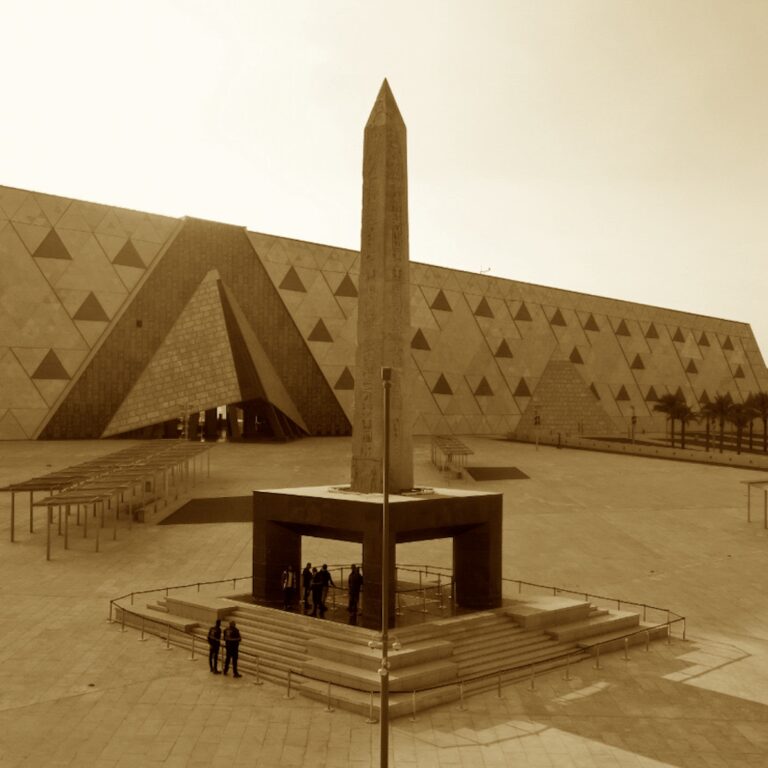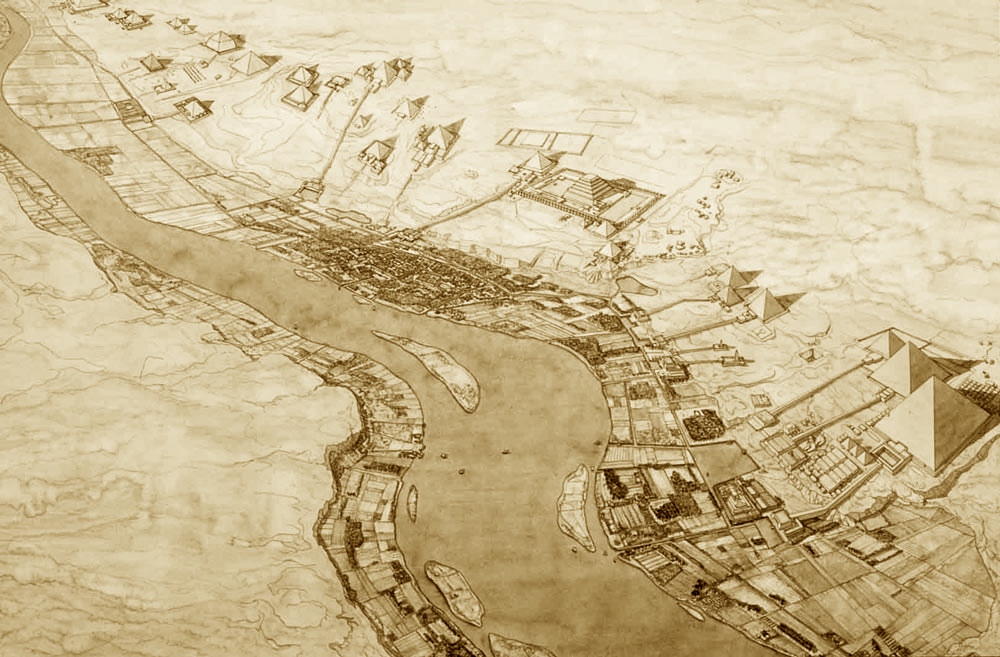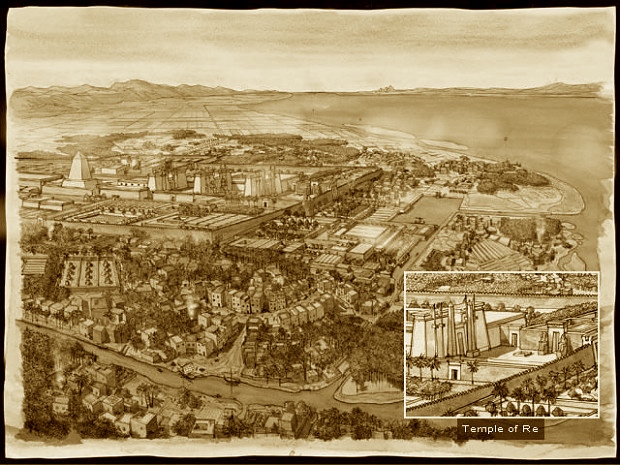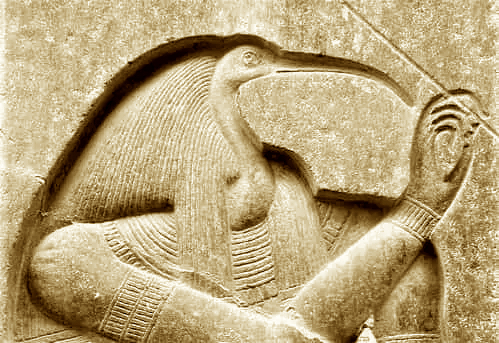An Unintended Social Experiment: Pharaoh Akhenaten at Amarna
The royal mummies of the family that included Tutankhamun span a period of some fifty years that centers on the seventeen-year reign of Pharaoh Akhenaten (ca. 1351– 1334 BC). The people who lived at the time experienced the effects of a religious revolution. Instigated by Akhenaten, it led to the rapid creation of a new capital city: the modern archaeological site of Tell el-Amarna. Simultaneously, the country seems to have been affected by an epidemic that spread into neighbouring countries, at least as far as the Hittite kingdom in Anatolia.
Akhenaten lived at a time of great prosperity and international exchanges, in which trade, diplomacy, and limited warfare were constants. It was Egypt’s principal impe- rial age, celebrated at home with temple building on a large scale (much of Karnak and Luxor temples belong to this period, as do the “Colossi of Memnon,” created for Akhenaten’s father, Amenhotep III).
We know next to nothing about the influences that led Akhenaten to behave as he did. The sources give the impression of a man driven by a vision that dictated a course of action that was bound to lead to conflict. That vision was for the zealous purification of the one source of power that lay beyond human reach, yet was visible: namely, the sun and its light.
